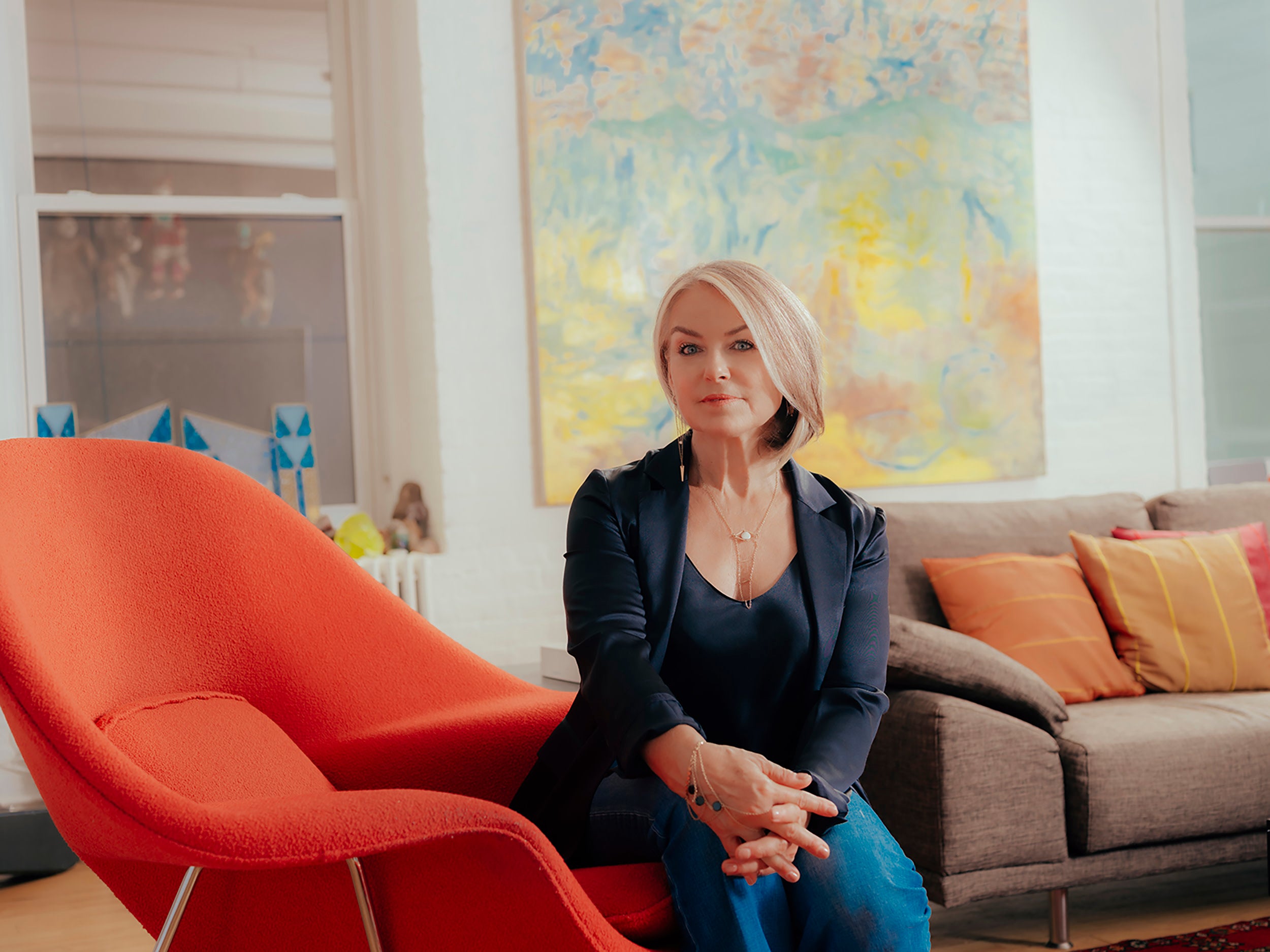
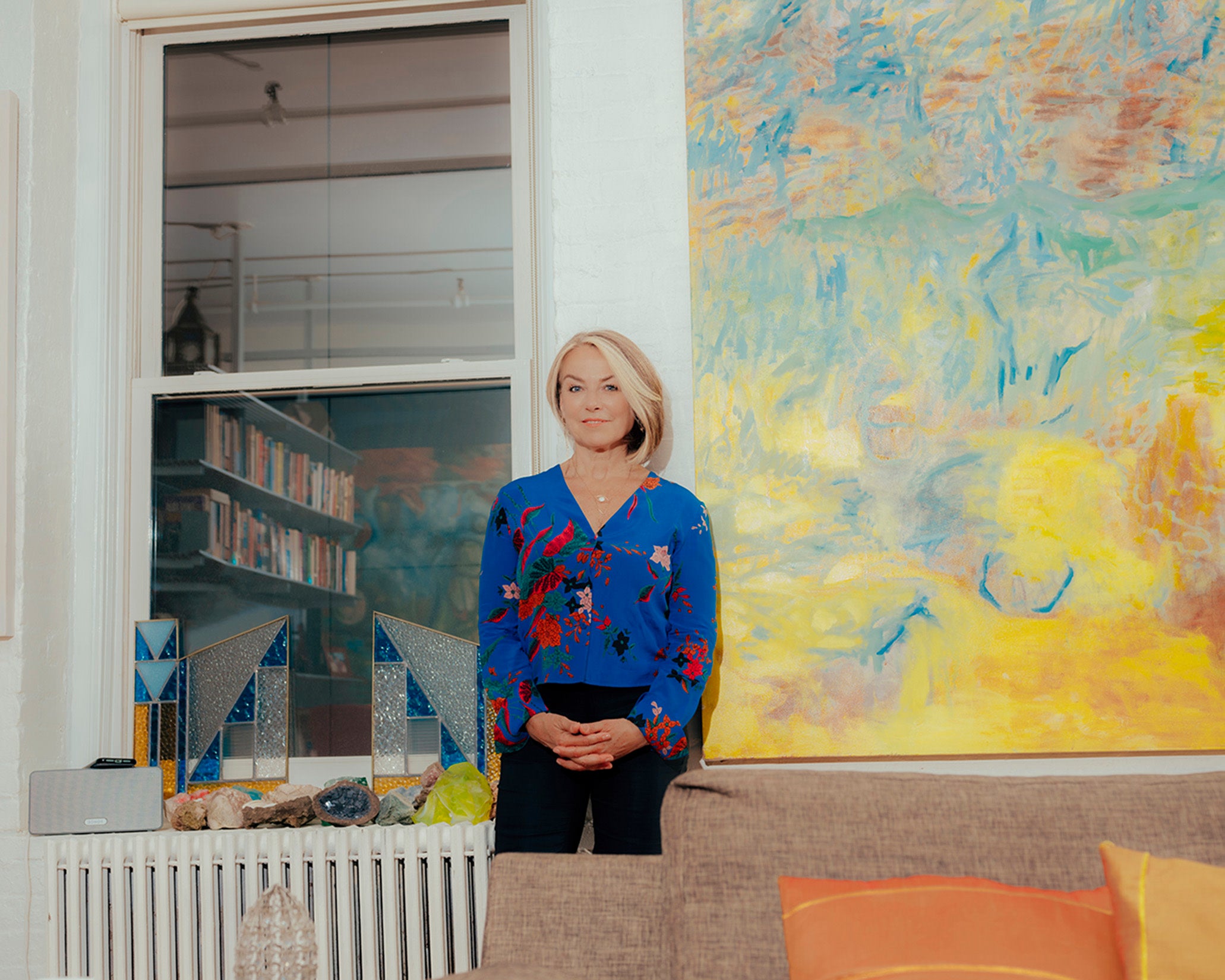
The famed psychotherapist on the importance of language, the efficacy of play, and the role of plant medicine in relationships.
AS TOLD TO GOSSAMER
This Conversation is featured in Gossamer Volume Seven: Touch, which you can order here.
Officially, I am a psychotherapist, primarily a systemic couples and family therapist. I’m also an author, a speaker, and a podcaster.
But if I go to a second level, I would say I am a connector. I’m a relationship philosopher, or some people refer to me as such, and I’m deeply interested in the intersection between culture and mental health. I’m a traveler. I am voraciously curious. And I think that one of the pieces that really defines me is that I’m multilingual. The fact that I speak nine languages facilitates my curiosity, and my traveler spirit.
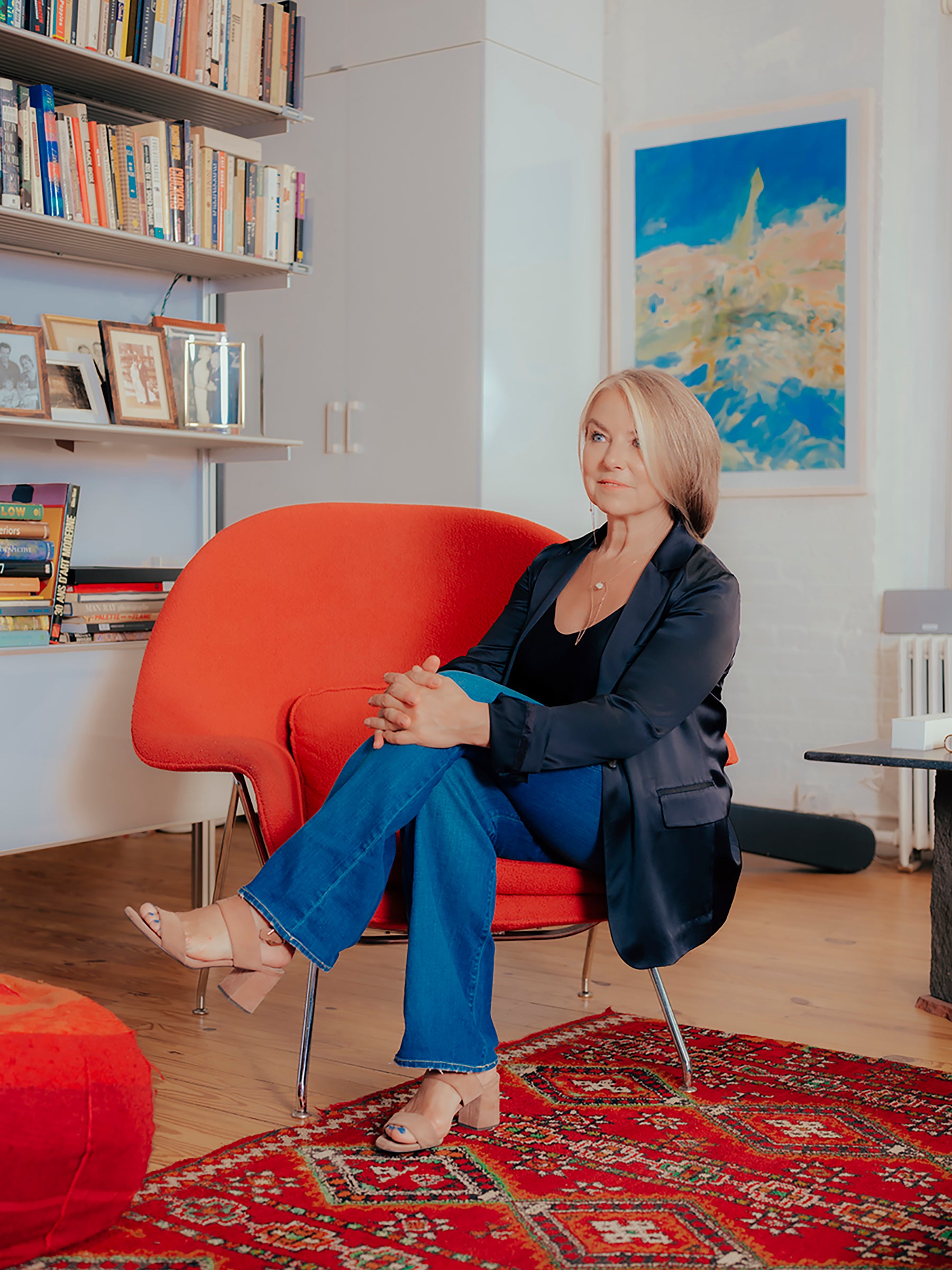
We spoke five languages at home: French, Flemish, Yiddish, German, and Polish. Belgium in itself is a country with three national languages. We traveled for eight years to Italy every summer, so Italian was added, and we had family in Germany who would come and stay and visit. Nobody made a fuss of it. People just spoke the language in front of you and assumed you would pick it up. Even though he was basically illiterate, my own father spoke five languages. He could read the newspaper in every one of these languages, but he couldn’t write.
I added English later on in school, and then Spanish, because I got very interested in Spanish literature and political events of the ’70s and the music of South America. I arrived in Jerusalem in 1976 with students from Argentina and Uruguay who were fleeing military regimes. I lived with them and I started speaking Spanish by practicing with friends, and then I got into Brazil-ian music and that made me interested in Portuguese. That’s how one becomes multilingual: It’s travel, it’s family, and it’s personal interests.
Like other people see the stars and they recognize a constellation, I could understand human constellations very quickly.
You can learn a language in school, but that doesn’t mean you can speak it. To live in it, to play in it as a child, to speak it, you need human interaction. There are too many people who have spent 10 years learning French in school and they still can barely have a conversation. I did two years of Spanish in school and I studied six years of Latin, which gave me the basis for the romance languages. But the actual experience of speaking comes from interaction with other people or with text or with music or with lyrics, not from sitting in the classroom.
I knew I was interested in psychology starting around age 13 or 14. First, because I hated my education system, I was interested in all the writers who wrote about alternative education. I read Summerhill: A Radical Approach to Child Rearing and Bruno Bettelheim, before he was canceled. Then I got interested in Freud. I started reading about the psyche, the inner life. Why was I interested in psychology? Because I wanted to understand my own inner rumblings. I knew I had a good knack for understanding relationships. People would come to talk to me as a teenager. My friends would confide in me. I saw things. Like other people see the stars and they recognize a constellation, I could understand human constellations very quickly.

I also wanted to understand my family’s history, my community’s history, and things like that. So, studying psychology was an obvious thing. But, in my time, you didn’t necessarily study something because it’s what you wanted “to do.” You studied something because you were interested in it.
I was interested in the juncture between culture and mental health, the culture of psychology and relationships. Because I’m a child of immigrants, because I’m a child of refugees, because I’m a child of parents who survived the Holocaust and who lost their entire families, and because I was part of a community of people who had experienced that massive collective trauma, I was interested in cultural transition as it pertains to refugees and as it pertains to mixed marriages.
For the first 20 years, I really focused on cultural transition in terms of the expectations of modern love, particularly in mixed couples, interracial, intercultural, and interreligious families. Basically, what is romance? What is coupledom? What is marriage about at this point and how is it changing across history and cultures? That was what I wrote about, what I lectured about, and what I focused on—a little bit because I had the languages.
Couples therapy has become more important as the survival of the family hinges on the happiness of the couple.
When I came to New York, I had no papers, no license, nothing. The only thing I had that others had less was languages. So I figured I’d create a practice where people came for the one thing I could offer. That’s really how this became my focus. At one point I was doing 60 workshops a year at the 92nd Street Y alone, working with mixed couples. I became a so-called expert on that subject. On how people negotiate their traditional cultures, values, mandates, and loyalties with the modern ideology of love, the freechoice enterprise.
Couples therapy has become more important as the survival of the family hinges on the happiness of the couple. At first it was kind of the stepchild of family therapy. People come in with their child, and then you realize that the child is bearing symptoms that are actually the expressions of tensions in the couple. People didn’t go to therapy for couples, per se. They went to communicate a little bit better. But couples therapy becomes fundamentally more central when the meaning of the couple becomes more central. And the meaning of the couple becomes more central when people could divorce. People can divorce, so now the quality of the relationship in the couple is basically the only thing that keeps you in the marriage. It’s not the fear of being excommunicated, it’s not even the children. I mean, the children are a major part of why people stay, but basically the quality of the relationship is what will determine if the marriage will continue or not.
Now it isn’t just about companionship or economic support or family life or social status, but about intimacy and sexual satisfaction and marital happiness and all those things. That’s what makes couples therapy a practice that is really at the core, at the center of the field, in terms of relationships.
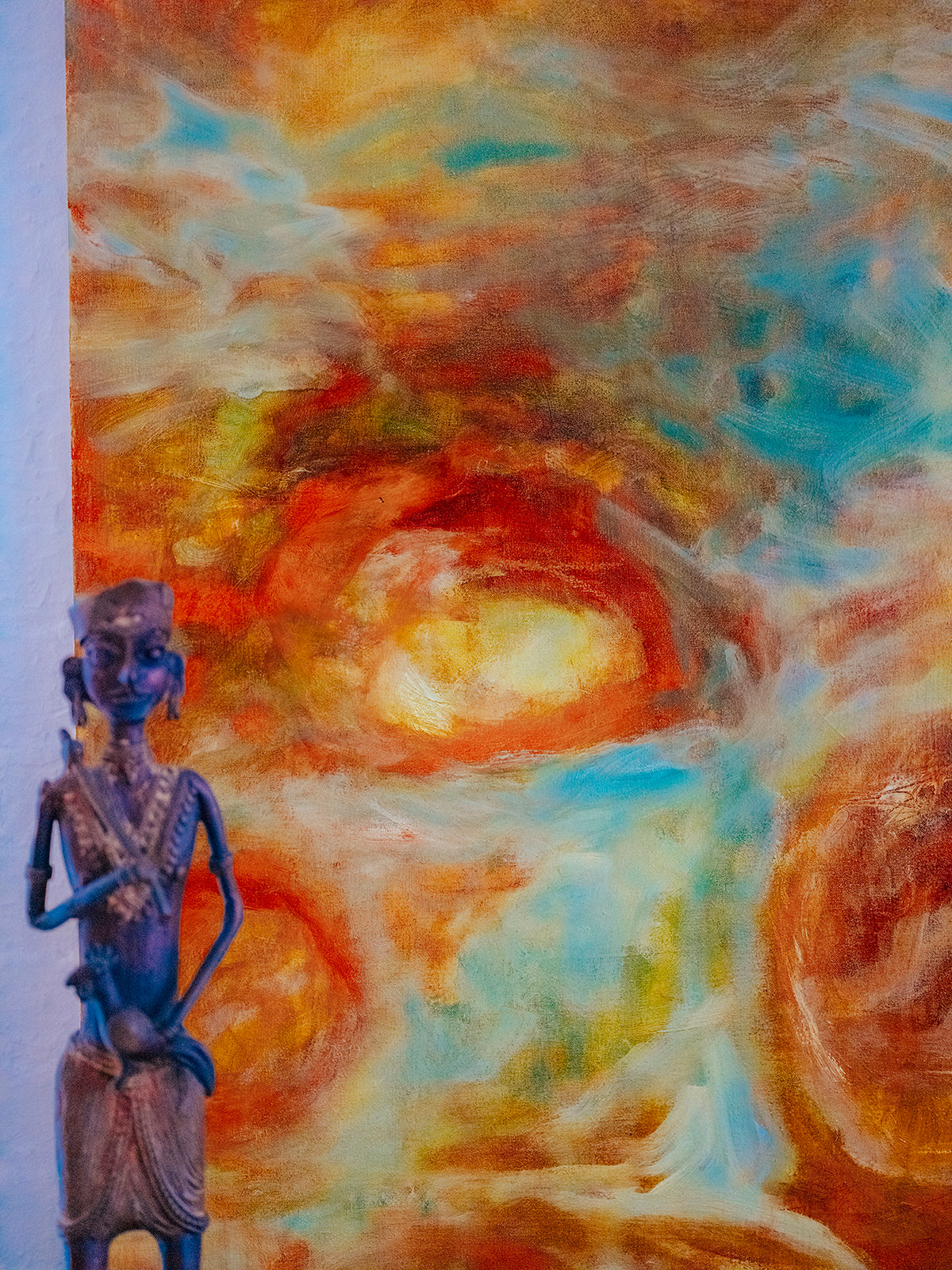
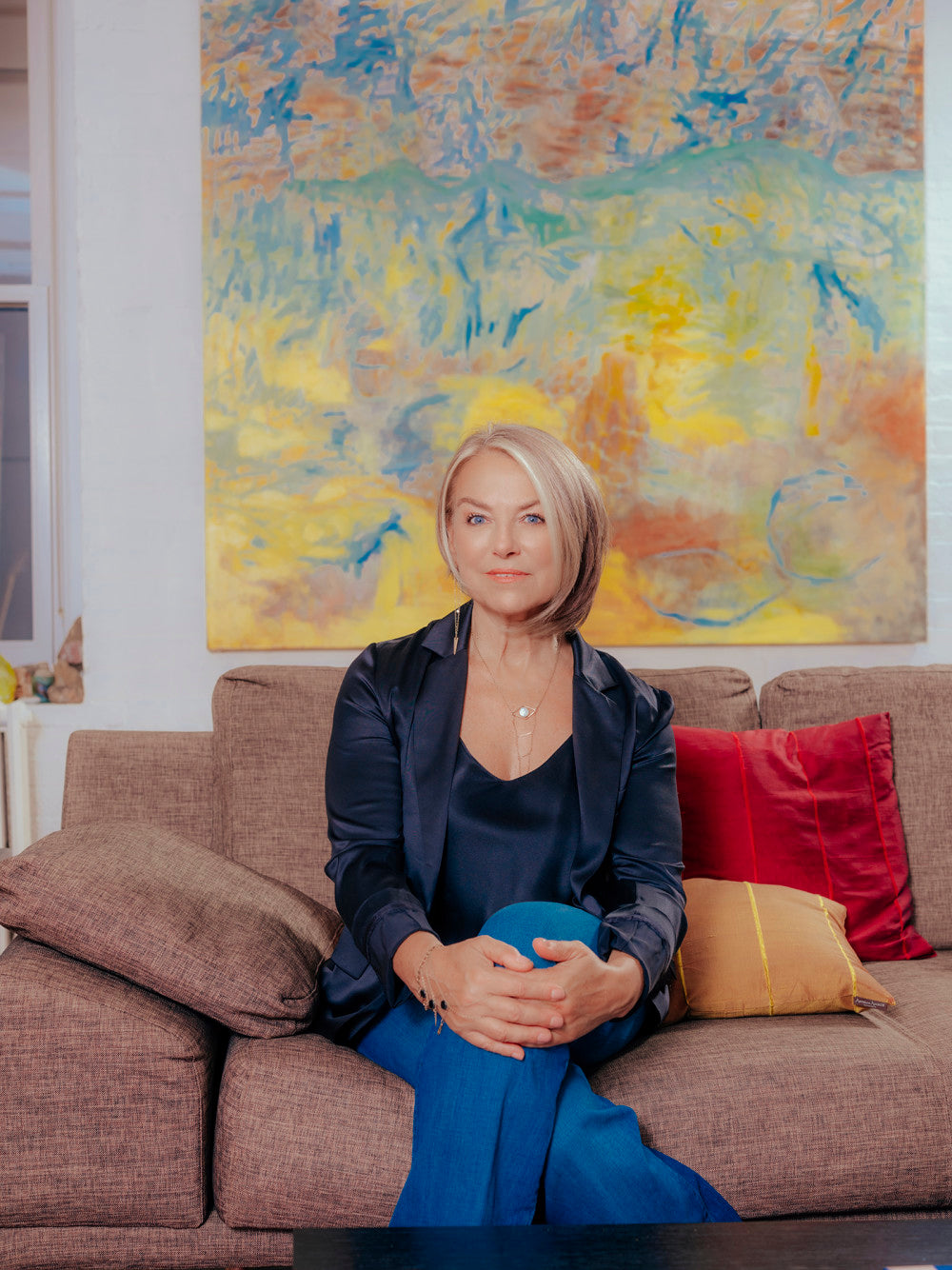
In the ’70s, divorce became much more common. So, shall I stay or shall I go? What do you do with blended families? What do you do with step-parenting? What do you do with going back out and being single again? These all are new themes that arrive. Fifteen years later, suddenly people start to come in to talk about non-exclusivity, about non-monogamy. That’s a subject that did not exist in my practice 40 years ago. Women wanting to have an intimate sexual relationship that is based on desire and not on duty. Men who want a woman to want and not just to placate them and say, “Yes, I’ll do whatever you want.” Same-sex couples who can finally marry and have children and be official about it and talk about their intimate struggles.
I think the field changes constantly, as society evolves and as the expectations of our relationships evolve. As the boundaries around relationships change, so do the things that people bring to couples therapy. The recognition and the effect of trauma on intimacy and sexuality, and the permission to talk about sexual abuse and sexual trauma and how it affects the intimate life of the couples today, these were silent topics before.
If you look at friendship, it’s not a relationship that has fundamentally changed in the last 20 years. Same with siblings, parents, children. I think if there’s one relationship that’s had an extreme makeover, it is the couple and everything that goes with the expectations around marriage. We went from a production model of marriage—having children and having them be an asset—to a service model of belonging and intimacy, to now wanting an identity model of “you’re going to help me become the best version of myself.” That is an intense demand from one person.
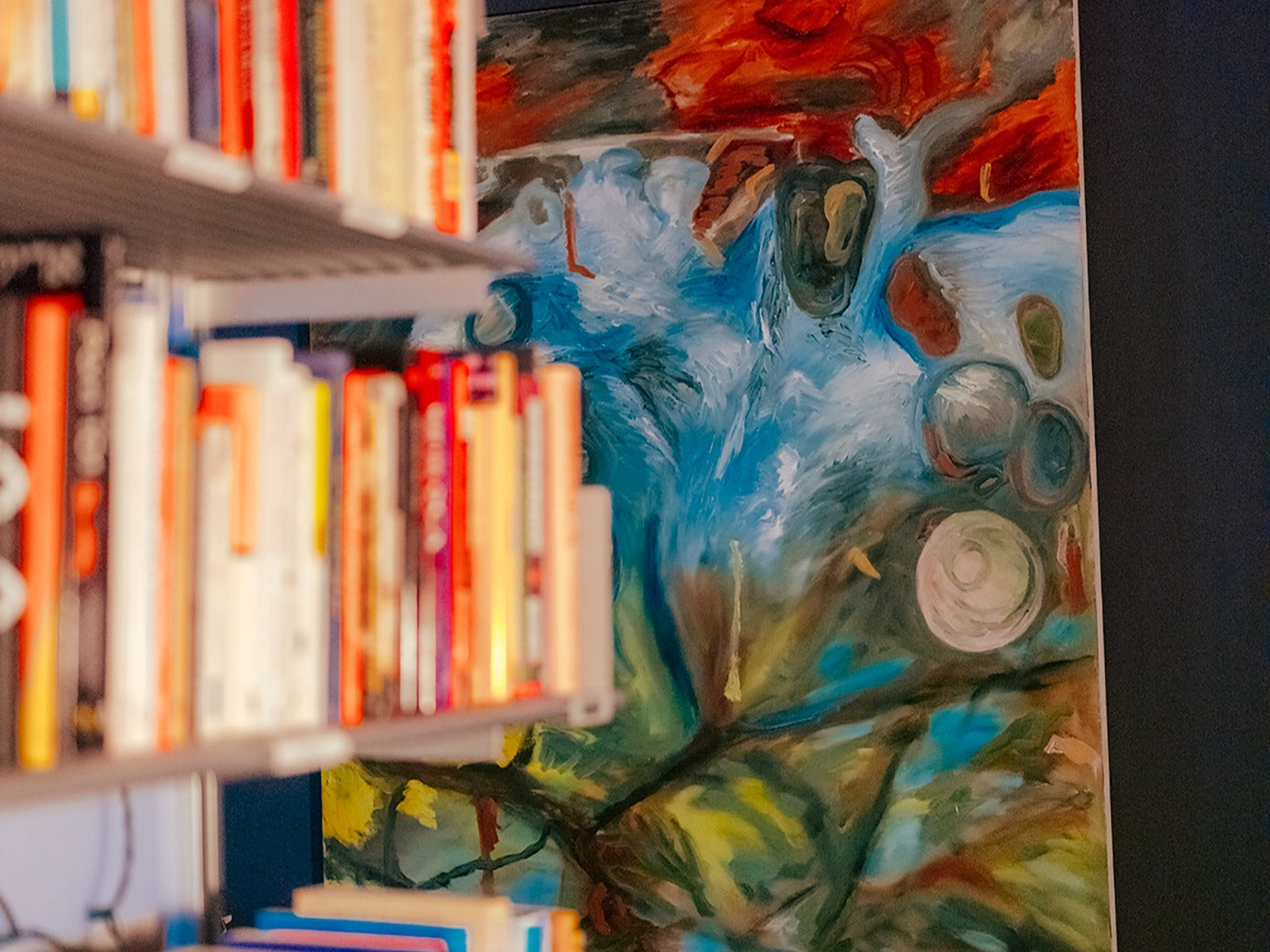
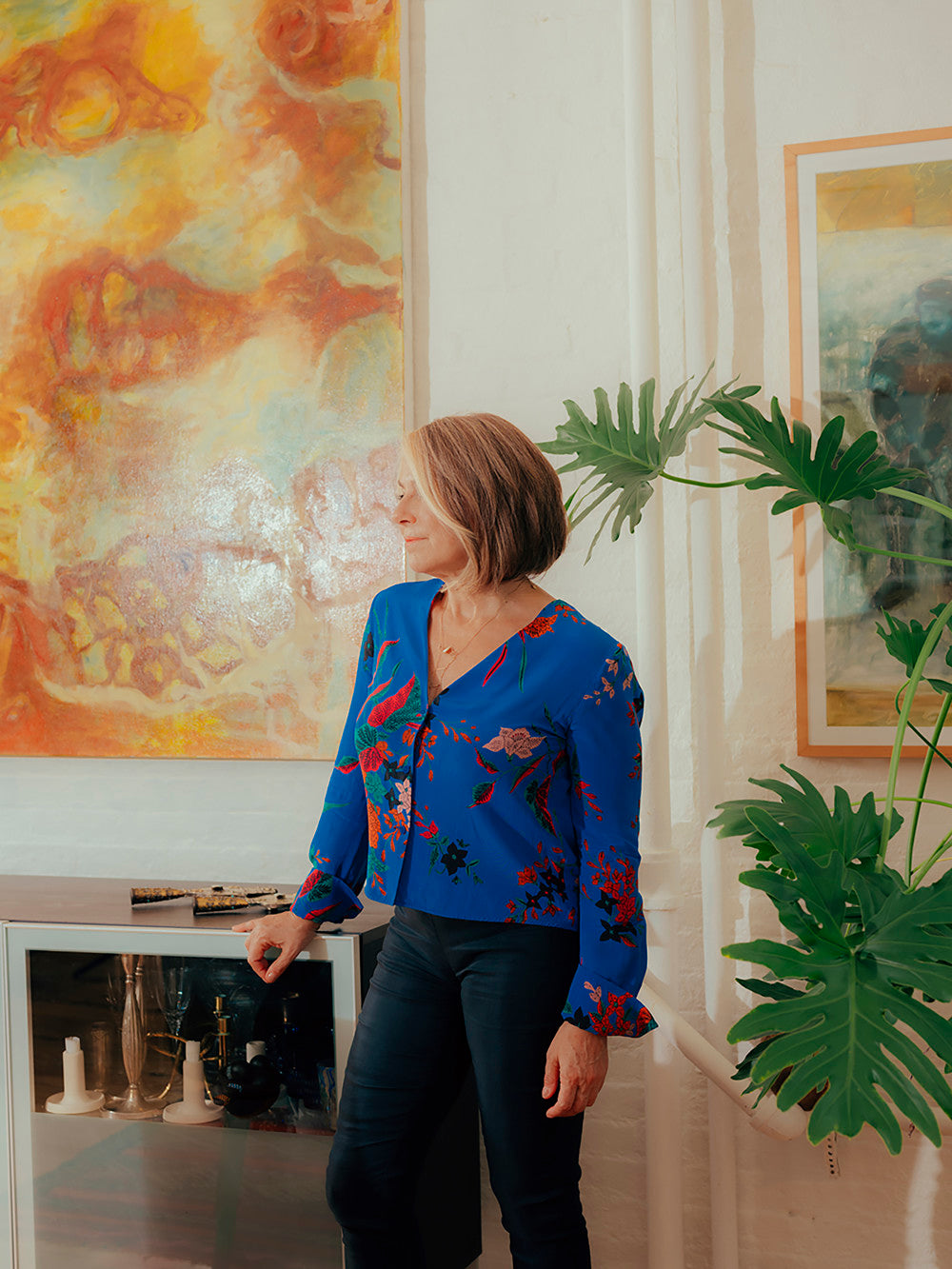
At the moment when you have the most freedom, people are craving certainty.
I’ve often talked about how we really ask one person to give us what an entire community should provide. I think this creates a level of expectation and weight on the couple that often will crumble it. For so long in our social life, many of the big decisions were made for us. Through religion, through hierarchy, through your parents. You didn’t choose who you want, who you’re with, what you’re going to do. And if you chose, you chose between two people in the village, and then you chose between 20 people in your school. Now you’re choosing between a thousand people on an app. So I think one of the biggest shifts is the burdens of the self.
We have way more freedom to decide if we like, if we don’t like, if we want to stay, if we want to go, if we like this one, if we want that one, but we are crippled with self-doubt and uncertainty.“ How do I know?” This is the question that every young person asks me. “How do I know?” We want this certainty, this 100%, this “I’m sure this is the one.” And the one among a thousand people is a really tough thing to know. At the moment when you have the most freedom, people are craving certainty. People have strong ideas about marriage, about what is okay, what is not okay, so I think that’s one of the things that we’re seeing today as a consequence of all the changes and the freedoms and the free choice that people have: it actually puts a lot of people in distress. Major distress, relational distress.
Love and desire: they relate and they also conflict, and therein lies the mystery of eroticism.
I never thought I was going to become interested in sexuality as a professional subject. It was a pure accident. But it made a lot of sense because sexuality is a portal topic: once you enter the realm of human sexuality, it opens you to multiple other fields. It’s a topic that makes you think and read about religion, theology, culture, anthropology, sociology, and the body. I am very drawn to that. Sexuality is the way that you can look at a society where it is most entrenched, rooted, and archaic, and it’s a place where you can look at a society where it’s most progressive, changing, and radical. It’s all happening around sexuality.
There was a cultural perspective to what I was talking about. I really looked at the dilemmas of desire inside modern love, and why what is emotionally needed is not necessarily what is sexually exciting. Love and desire: they relate and they also conflict, and therein lies the mystery of eroticism.
I wasn’t new—there were people who were trying to integrate couples therapy and sex therapy. But I was putting words to something that many people were feeling. The generation of Boomers that had premarital sex as a given, contraception in hand, the permission to do what they want, and they didn’t feel like doing it, at least not at home. Couples who struggled with the sustainability of desire in the midst of actually good marriages. People had written about relationship problems leading to sexual problems, but I was talking about people who would come in and say, “We love each other very much. We have no sex.” And they wouldn’t know why. That dilemma, that paradox is what I began to explore.

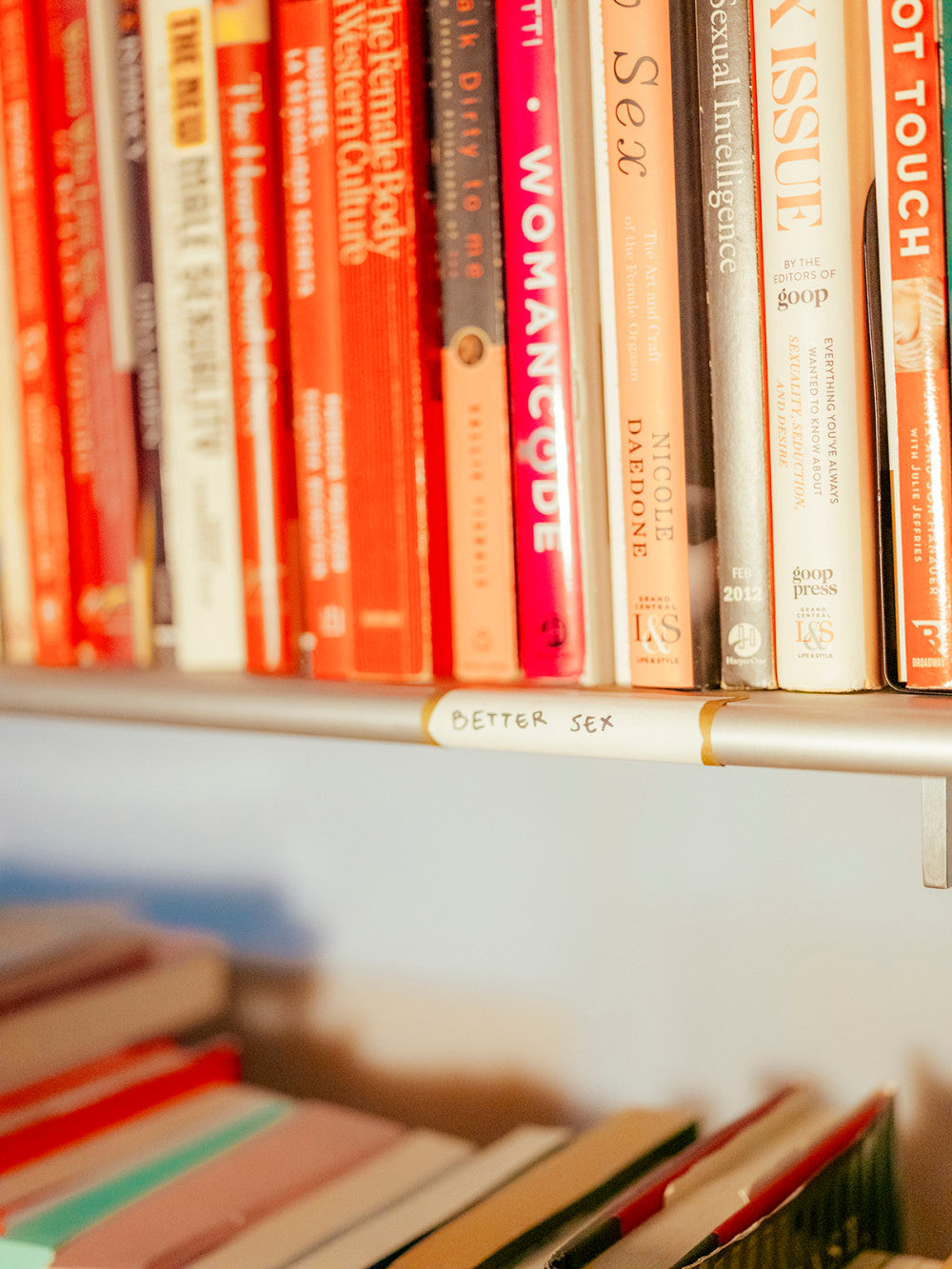
I never thought I was going to become interested in sexuality as a professional subject. It was a pure accident. But it made a lot of sense because sexuality is a portal topic: once you enter the realm of human sexuality, it opens you to multiple other fields. It’s a topic that makes you think and read about religion, theology, culture, anthropology, sociology, and the body. I am very drawn to that. Sexuality is the way that you can look at a society where it is most entrenched, rooted, and archaic, and it’s a place where you can look at a society where it’s most progressive, changing, and radical. It’s all happening around sexuality.
There was a cultural perspective to what I was talking about. I really looked at the dilemmas of desire inside modern love, and why what is emotionally needed is not necessarily what is sexually exciting. Love and desire: they relate and they also conflict, and therein lies the mystery of eroticism.
I wasn’t new—there were people who were trying to integrate couples therapy and sex therapy. But I was putting words to something that many people were feeling. The generation of Boomers that had premarital sex as a given, contraception in hand, the permission to do what they want, and they didn’t feel like doing it, at least not at home. Couples who struggled with the sustainability of desire in the midst of actually good marriages. People had written about relationship problems leading to sexual problems, but I was talking about people who would come in and say, “We love each other very much. We have no sex.” And they wouldn’t know why. That dilemma, that paradox is what I began to explore.
Games offer you a wonderful balance between structure and spontaneity.
Where Should We Begin? is a first. Nobody’s ever recorded live couples therapy sessions for this purpose before. The experience of listening in on other people’s couples sessions when you are not a therapist is a first. And because they’re not my patients and they will never be my patients, I can actually, for the first time, talk about my work outside of clinical settings. Millions of people are listening to it worldwide and they feel that they have a therapist in their ear. It’s a continuation: I’m continuously thinking about how I help people reflect, act, and develop more confidence in their relationships. It’s the same with my game.
Games offer you a wonderful balance between structure and spontaneity. In my office, I often play with a ball with couples. I throw you the ball with a question, now you have to answer while you hold the ball, but you get to throw the ball back with a question, right? I do it in my group workshops, as well. The ball instantly becomes the mediator of the question, and if you don’t have an answer, then you just say, “Can I throw the ball back?” Rather than say,“I don’t know what to say.”
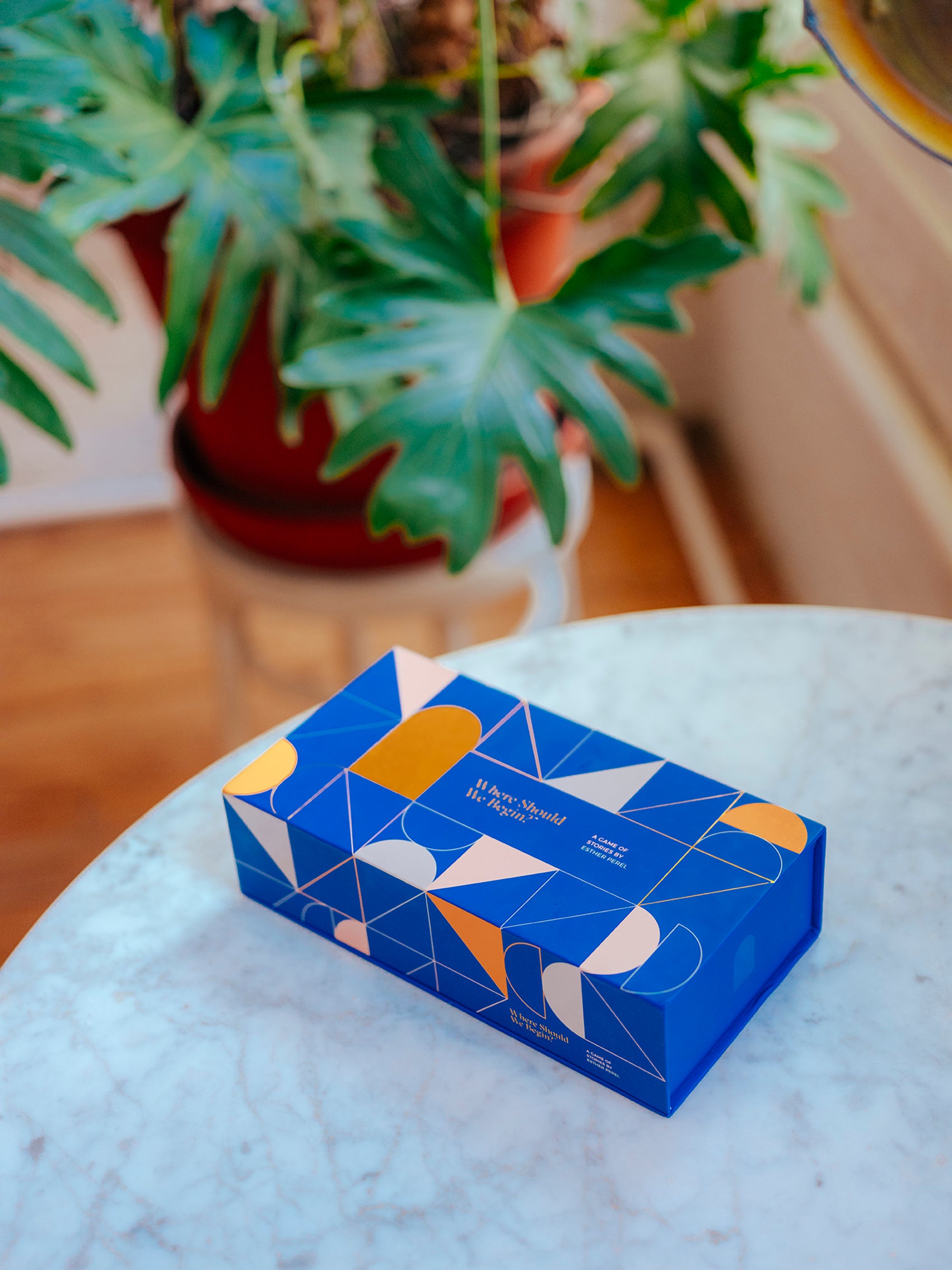
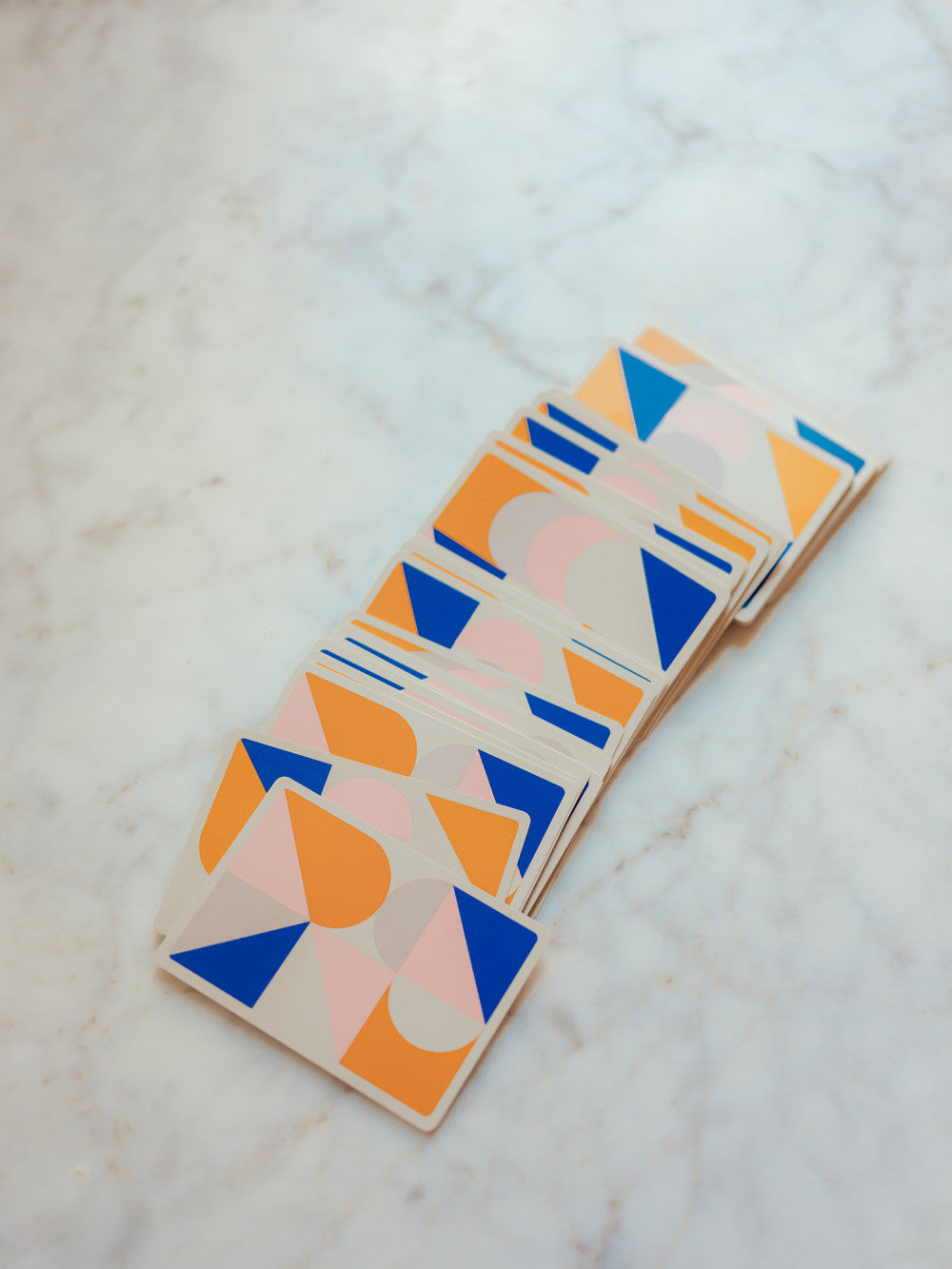
I have always used play in therapy. I have been a puppeteer. I use puppets in my practice, I use psychodrama in my practice. I use the body in my practice. So I am multilingual in that way in my practice as well. When play is safe, it allows you to take risks.
During the pandemic, I missed my dinner parties where we have conversations around topics and you really remember the stories people tell. I missed the intimacy, the playfulness, the curiosity. I missed new people. Everything was predictable, controlled, and constricted. I wanted to create something that’s going to make people engage with all the things I miss. So I decided I wanted to make a game called Where Should We Begin?
I found this wonderful designer, Steve Tam, and we embarked on this project together. It unlocks the storyteller within. We bond through stories; human beings have sat around the fire telling stories forever. We remember people through their stories and we reveal ourselves through our stories. But it also has game mechanics. I wanted a real game where people are playing with each other.
Patients learn from me, but I learn a lot from patients. Patients bring the world into the office. The new practices, the new substances, the new explorations, the new conversations, they come into the office through the patients.
CBD, cannabis, ketamine, MDMA, psilocybin—all of them have a tremendous amount of cultural currency at this moment.
Had I been in training today, I probably would be much more knowledgeable about plants and substances. There’s a long history all over the world of using them for religious ceremonies, for psychological healing, for relating to the spirits—either to invite them in or to chase them away. We have always used mind-altering or heart-opening substances. Then we entered the world in which we went to psychotropic medications, a world that is more in the hands of pharma.
I think that all medications, especially psychotropic medications, that are meant to deal with our states of minds and our states of being often need to be examined in terms of the relationship and the cultural meaning of that very substance in the society, and to the person. The person who takes CBD to sleep may think differently than a person who takes Ativan. One says, “I’m sick. I have a problem.” The other one says, “I’m doing something to ease my pain or my restlessness.” It’s a different dialogue in one’s head.
We are in a fascinating moment where there is an active dialogue—sometimes a debate, sometimes a standoff—between traditional Western psychotropics and all the other plants that are now being brought back, mainstreamed, and redeemed rather than seen as deviant, dangerous, destructive, and countercultural. CBD, cannabis, ketamine, MDMA, psilocybin—all of them have a tremendous amount of cultural currency at this moment and I think that how we integrate these substances into our lives and our relationships is one of the most interesting things happening in my field.
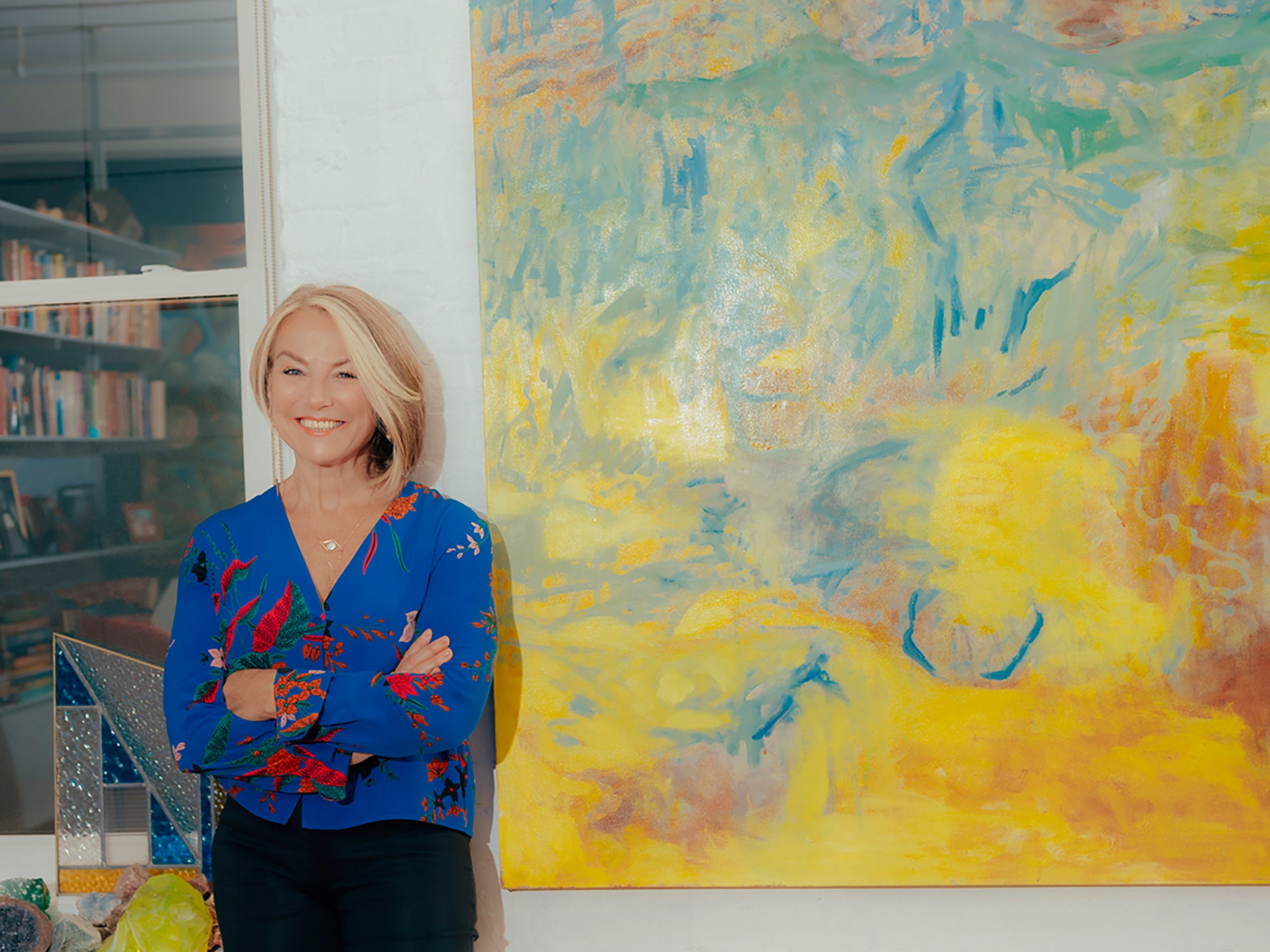
This interview has been edited and condensed for clarity. Esther Perel photographed by Ryan Duffin in New York. Paintings by Jack Saul. If you like this Conversation, please feel free to share it with friends or enemies. Subscribe to our newsletter here.